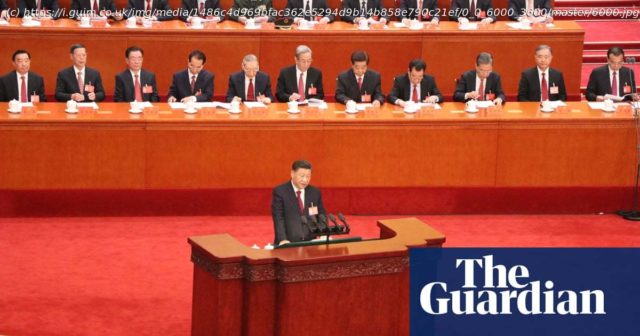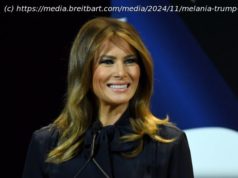Array
China’s president, Xi Jinping, walked into the Great Hall of the People in Beijing on Sunday to open the Communist party summit and lay out his vision for the next five years. He is expected to be formally returned to power this week, and over 104 minutes his speech gave a foretaste of what is in store for the next half decade.
There were no bombshells. His address paid tribute to the party’s achievements under his rule in the last decade and pledged more of the same. Aggression abroad and control at home remain the heart of those plans.
Surrounded by party elders, the oldest of them 105-year-old Song Ping, he presented a vision of continuity even though he has moved China away from the collective rule most of them worked for.
Xi’s speech will be examined in depth by analysts monitoring China’s path, and Chinese officials for whom the text will be compulsory study. Here are five key takeaways:
One of the most bellicose sections of Xi’s speech covered Hong Kong and Taiwan. Xi praised the CCP’s intervention on Hong Kong, a crackdown launched with the support of the local pro-Beijing elites, targeting pro-democracy advocates and political dissent.
It had achieved “a major transition from chaos to governance”, he said. “Thanks to these moves, order has been restored in Hong Kong, marking a turn for the better in the region.”
In a sign of growing focus on Taiwan, Xi brought up the “Taiwan question” far earlier in the almost two-hour long speech than he did on the two previous occasions he opened a party congress (in 2017 and 2012).
“If you’re putting it in the section when people still have an attention span, it means you’re putting it under the microscope,” says Sung Wen-ti, a political analyst at the Australian National University.
Xi didn’t make any significant change from Beijing’s long-term position that China seeks “peaceful reunification” with Taiwan, but will use force if necessary. But he used aggressive language to make a barely veiled attack on US “interference”.
Home
United States
USA — Art Xi Jinping’s vision for China’s next five years: key takeaways from his...






